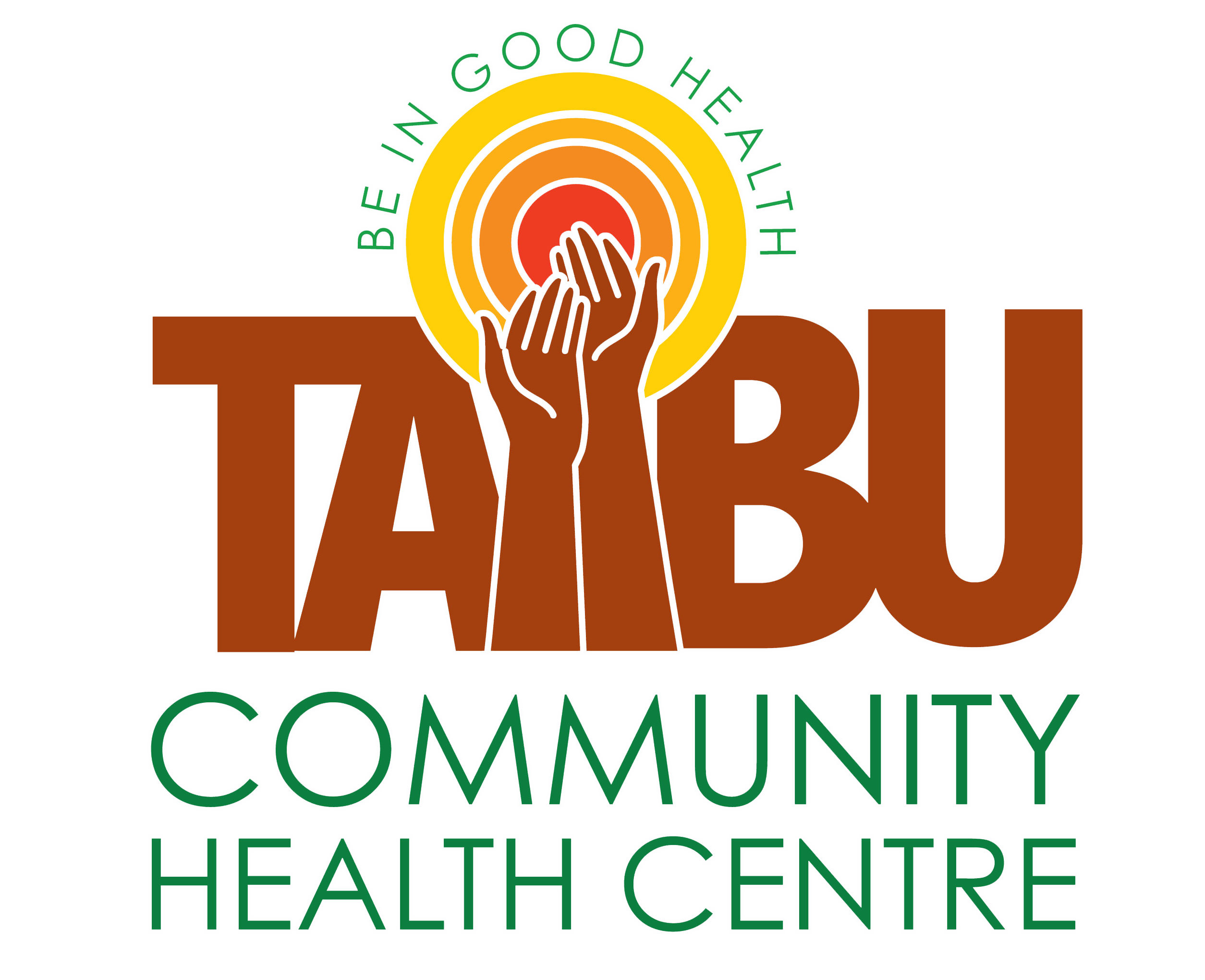ከ ትዳር አጋር ወይም ፍቅረኛ ሊመጣ የሚችልን ጥቃት እንዴት መከላከል እንደሚቻል የሚያሳይ ችግሩ ከገጠማቸው ግለሰቦች የተገኙ ምክሮችን እናካፍላችሁ ፡፡ ሌሎች እንዲረዷችሁ ጠይቁ ብቻችሁን ችግሩን አትጋፈጡት እራሳችሁን አዳምጡየሚከሰቱ ነገሮችን ምዝግባችሁ ያዙ ፎቶ አንሱ ስክሪን ሻት አድርጉ ለራሳችሁ ለልጆቻችሁ እና ለቤት እንስሶቻችሁ ደህንነት ለመጠበቅ የሚያስፈልግ እቅድ አውጡከ ጉዳታችሁ ለማገገም ለራሳችሁ ግዜ ስጡ ለራሳችሁ ፍቅር ይኑራችሁ ሲሉ ይመክራሉ
ክሮቹን በዝርዝር ከዚ በታች ያንቡቡ
ተጨማሪ መረጃዎችን ደግሞ ከ ለርኒንግ ኔትወርክ ሊንክ ይመልከቱ

Advice from Survivors to Women Experiencing Intimate Partner Violence
- You’re not alone – reach out for support.
- Listen to yourself! Pay attention to red flags and how you feel.
- Document: Write it down, take pictures and screenshots, create a timeline.
- Make a safety plan for yourself, your children, and your pets.
- Give yourself time to heal and love yourself!
1. You’re not alone – reach out for support.
- “You will feel so much better when you open up to someone because you won’t feel so alone and like you’re going insane. I know it’s important to talk to somebody because nobody can read minds. No one can tell what’s going on or what’s wrong.
- “I don’t think anyone who has successfully left a domestic violence situation has done it on their own, you have to always have a support network like friends, parents, counsellor, something like that… Because you try to rationalize things, so I think it’s really important to have someone on the outside who’s looking at it in a realistic way, who’s giving you support and encouragement.”
- “I would recommend you continually speak out until you can get the help you want.”
- “I would give the advice that there’s so many resources that I’ve found… I know that there’s websites that you can look through. I think there are even government websites that have that click to erase your history. I believe there is also an app now that you can report instances and they automatically get uploaded, so they can’t be deleted. And I think like reaching out to those resources and even just talking to the woman at the women’s shelter on Christmas Day was helpful enough for me to get home and do Christmas.”
- “Take advantage of any help that you can get.”
2. Listen to yourself! Pay attention to red flags and how you feel.
- “There are certain things that are just not normal in a relationship… when someone starts calling you 150 times a day just to tell you they love you or find out where you are… be aware, these things aren’t normal.”
- “When you see those first red flags, believe that that’s who they are and that they’re capable of doing that again or worse.”
- “This person could seem like the nicest person but how do they treat your animals? Even early in the relationship, if you observe that your animals have any mysterious injuries… or, if they ask you to get rid of them [your animals] or do anything that’s not right, then it’s not worth it to go through all of this. It is so not worth it.”
- “Listen to your gut because when your gut is telling you something, follow that. I tried to break up with him ten times. I went through so much before I finally did it because I was in two minds and for me my own personal thing is that I didn’t want to be alone. I didn’t want to be single so I was thinking I’ll do whatever I can, I’ll grit my teeth and tolerate it.”
- “Even if it’s not physical… read more about what mental and emotional abuse is and see if it resonates and connects because I think that [emotional abuse] is one of the more surprising things.”
- “First red flag, run. Meaning the first time he yells at you for some silly thing or smacks you a little bit or anytime your gut feels wrong, and you go: ‘that was kind of weird’… run… Go as far as you can and don’t ever look back.”
3. Document: Write it down, take pictures and screenshots, create a timeline.
- “I took pictures of my own bruises and at that time, I took the pictures because I wanted to put them in my ex’s face to say, ‘Look what you’ve done to me.’ Not realizing at that time… that I would end up in court because it was about two years after that event that I finally got to court and pressed charges against him.”
- “I was able to trust that friend with some of the stuff that was going on and she was able to document some of the stuff. She was able to kind of put together a bit of a timeline and not for any further charges or anything like that, but it jogged my memory… when I went into the police and put the background in place for them for how we got to that night, how we got to where we were.”
- “I kept a journal as part of the documentation. You have a fight write it down and keep these things hidden because if he gets them, he will either destroy them, use them against you, or beat you for it. The lawyers wanted my actual journals, his side wanted my actual journals, and I was relieved when the court stood up for me and said no you can’t have copies.”
- “Document everything and anything you can.”
4. Make a safety plan for yourself, your children, and your pets.
- “Call your local shelter first and devise a safety plan. Safety plans work.”
- “Have your own bank account. Make sure your IDs are up to date. Make sure that you never travel the same route twice when you’re out. Have different routes that you can plan for, even if it does take you a little bit longer to get somewhere. It’s better than travelling the same route all the time.”
- “Sometimes people share a bank account… and I would advise people… if you’re planning to leave, try and save some money for a few months.”
- “I would say making sure if you want to leave, don’t tell him… cause normally when you break up with somebody you have a conversation about it and then you break up and I think [in]… these situations that can’t happen. You’re not able to communicate that with your abuser; you have to automatically just go into an escape plan.”
- “Know how to get out. Preplan as best as you can… what you need is to preplan for somebody to be able to remove your kids immediately because sometimes you’re not able to get away with the kids as much as you want to.”
5. Give yourself time to heal and love yourself!
- “I think an abused person, whether you’re a man, woman, or child, is not going to get fixed in one day. It’s not even going to get fixed in a year. It might even take you two or three years before you can get on your feet and say, ‘I did it.’”
- “It’s about four years and I’m still at the point where when talking about these issues— my voice gets a little bit shaky… and I cry. So that pain is finally going away, but it just takes time and you got to learn how to love yourself.”
- “Don’t give up. There’s a way out. There’s a light there somewhere. It could be in a friend, it could be in a shelter, it could be that you would have more luck with cops, like RCMP. And it depends too on the situation – where you are and what resources you have, but there’s a way out. You can survive it. You gotta have something to live for. That’s what I have, [a pet] to live for. And I knew I was going to get out and get him [pet] out. Just focus on that point of surviving and look after that.”
- “Your mind will always tell you, ‘He’ll change.’ And you’ll just want to believe him the first few times or feel sorry for him. But – you have your worth… follow your heart and love yourself. That’s one of the big things I was thinking, how could you love someone more than you love your own self?”
- “Respect is the minimum in a relationship, and you are worth it. Your past doesn’t dictate your future relationships. You’re a human being and that’s enough.”
- “I need to believe in myself more, and love myself, and to find myself out there. There’s a big world and so much to do.”
Resources
Recognizing different forms of violence
- What is Woman Abuse? – Luke’s Place
This list highlights the most common tactics of abuse in intimate relationships. - Warning Signs of High Risk (Risk Factors for When Women are Killed) – Neighbors, Friends & Families: Immigrant and Refugee Communities
The 10 most common risk factors for lethality within a relationship are shared based on the Domestic Violence Death Review Committee of Ontario 2016 report.
Identifying warning signs
- iDetermine – Led by The Redwood
Do you feel fearful or unsafe of a current or ex-partner? Are you worried that your relationship is not healthy? If your relationship does not feel right, you may be confused about what to do. This website can help you determine your next steps. - Taking Care of Each Other’s Spirit – Kanawayhitowin
The Kanawayhitowin initiative supports the end of violence against Indigenous women by raising awareness of the signs of abuse in communities.
Making a safety plan
- Individualized Safety Plan: A Step-By-Step Course of Action – WomenatthecentrE
This safety plan was developed by and for survivors of interpersonal violence. It outlines various safety strategies that can potentially increase your safety and/or better prepare you in the event that violence continues or escalates. - Creating a Safety Plan – Peel Committee Against Woman Abuse
This booklet was put together by women who have survived abuse. They offer their guidance on creating an emergency escape plan, creating a safer environment, and safety planning with children. It is available in 14 languages. - You Are Not Alone: A Toolkit for Aboriginal Women Escaping Domestic Violence – Native Women’s Association of Canada
This toolkit helps you to recognize your inner strength and to see that, with the help and support of those people and organizations who care about and love you, you can stand strong and build a better future for yourself and your children.
Engaging in self-advocacy and social action skills
- Silent No More Training Program – WomenatthecentrE
This training program by and for women survivors of gendered violence helps you to contextualize your own lived experiences, while enhancing the skills needed to engage in social action.
Source : Learning Network https://www.vawlearningnetwork.ca/our-work/backgrounders/insightsfromsurvivors/index.html?utm_source=VAWLN+Mailing+List&utm_campaign=23a77cbf0d-Facebook-Live-Martis_COPY_01&utm_medium=email&utm_term=0_4b8703155f-23a77cbf0d-269675859












